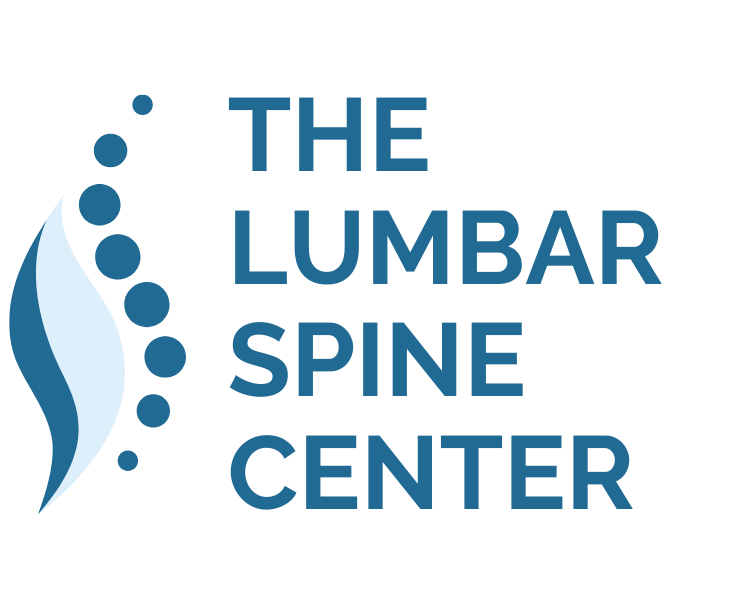Low back pain is the most common condition affecting the lumbar spine causing discomfort in over 6 million to 12 million Americans per year. The etiology of back pain can be quite complex and commonly occurs after work-, home- and auto-related accidents in addition to spontaneous occurrences. Pain generators in the lumbar spine are limited to muscle, joint and nerve. The most common cause of low back pain in the younger population is muscular due to a specific movement. A pain response occurs, subsides over time, and usually resolves. As the population ages, patients are more susceptible to joint pain or arthritis, referred to as Degenerative Joint Disease (DJD) or Degenerative Disc Disease (DDD). DJD or DDD can be multifactorial, including both physical and psychological factors. A complete evaluation requires a thorough history of the patient, family history and imaging. Although MRI is the gold standard, patients should have X-Rays of the lumbar spine with static as well as flexion and extension views. Although an MRI may show degeneration, surgeons will treat according to your symptoms. In most cases, patients have a transient episode of back pain and while an MRI may show moderate to severe degeneration, if the symptoms have improved, the best course of treatment is conservative care. Surgical treatment for low back is reserved for patients who are unable to perform their activities of daily living (ADL), have exhausted all conservative measures, and have an abnormality on imaging. Some patients do present with significant pain but if the MRI is not indicative of the pain generator, then surgery will usually not help.
Treatment
Non-operative. Common treatments include non-steroidal anti-inflammatory agents, physical therapy, and epidural injections. Acupuncture and Chiropractic care can help as well.
Surgery. To treat low back alone without leg pain, most patients will require at least a single level fusion with pedicle screws and an interbody cage.



